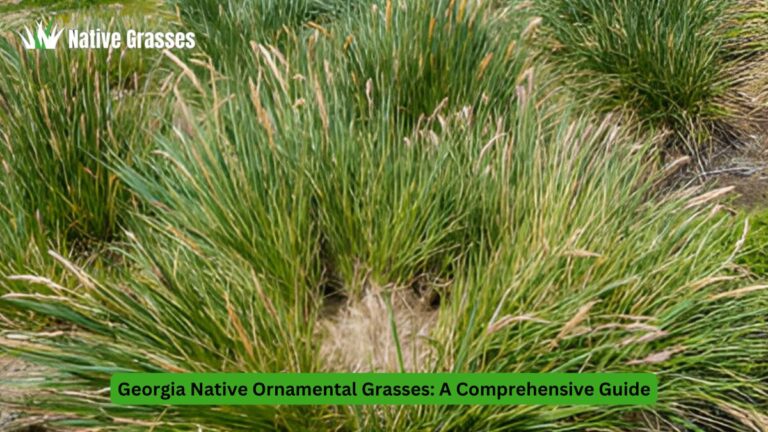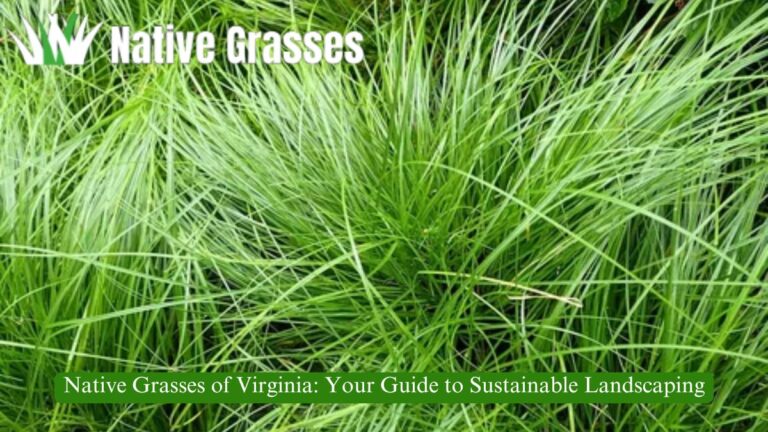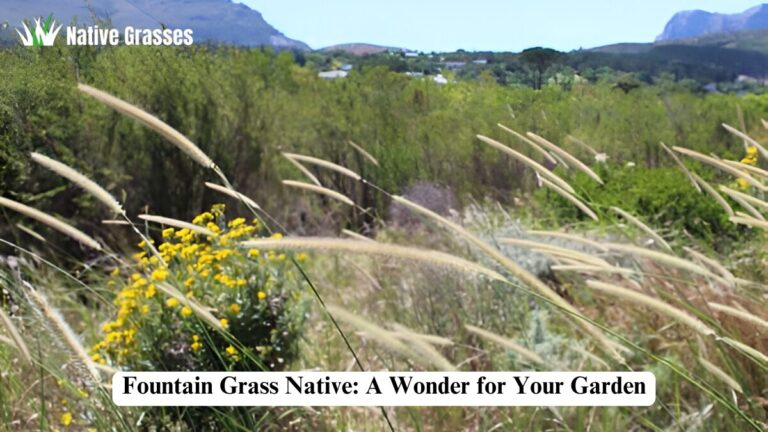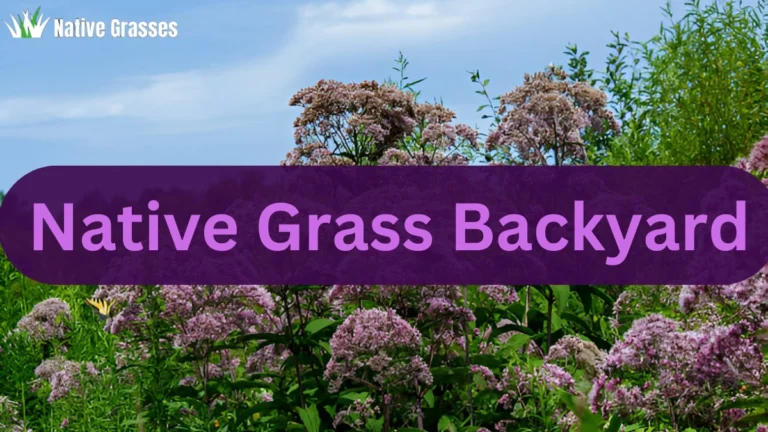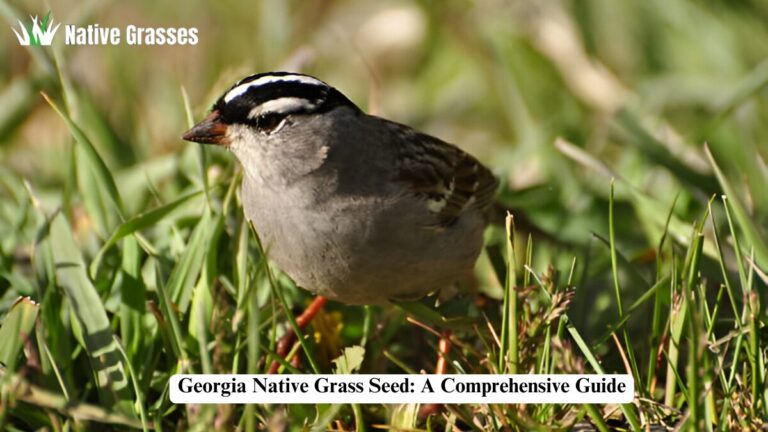The Essential Guide to Native Grasses: Importance, Benefits, and Cultivation
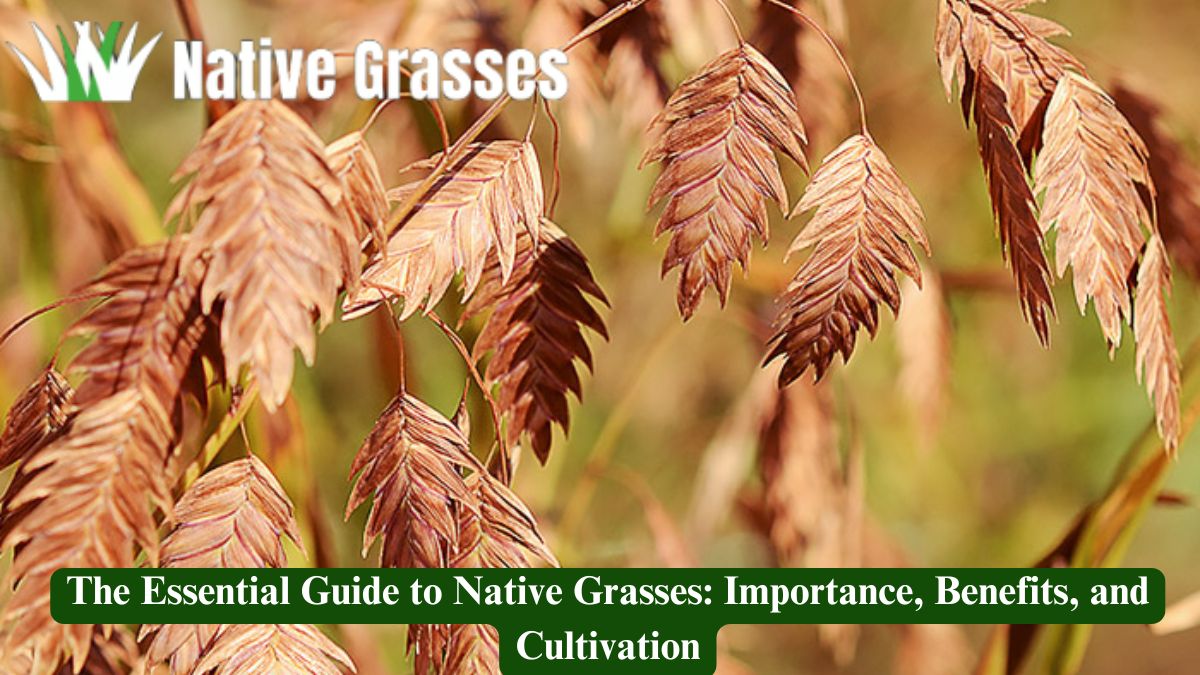
Native grasses are the unsung heroes of the natural world. They provide crucial ecological services, beautify landscapes, and offer sustainable solutions for gardeners, farmers, and conservationists. In this comprehensive guide, we’ll dive into the significance of native grasses, their benefits, challenges, and how to grow and maintain them. Whether you’re a hobbyist or a professional, this article will equip you with actionable knowledge.
Native grasses are grasses that have evolved naturally in specific regions, adapting to local climates, soils, and ecosystems. Unlike invasive species, they coexist harmoniously with native plants and animals, playing a vital role in maintaining biodiversity and ecological balance. This guide will explore why native grasses matter, how they can transform landscapes, and practical steps to incorporate them into your projects.
Understanding Native Grasses
What Are Native Grasses?
Native grasses are plant species that originate and thrive in a specific geographic area without human intervention. They have evolved over centuries, forming the backbone of many ecosystems.
- Key Traits: Adaptation to local conditions, minimal maintenance needs, and compatibility with native wildlife.
- Examples: Big bluestem (Andropogon gerardii), switchgrass (Panicum virgatum), and Indian grass (Sorghastrum nutans).
- Distinctive Features: Deep root systems that improve soil health and resilience to droughts.
Types of Native Grasses
Native grasses can be categorized based on their growth cycles and habitats:
- Warm-Season Grasses: Grow actively during summer (e.g., little bluestem).
- Cool-Season Grasses: Thrive in spring and fall (e.g., Canada wild rye).
- Habitat-Specific Grasses: Prairie grasses, wetland grasses, and woodland grasses.
| Grass Type | Example Species | Growth Cycle |
| Warm-Season Grasses | Big bluestem | Summer |
| Cool-Season Grasses | Canada wild rye | Spring/Fall |
| Prairie Grasses | Purple needlegrass | Year-Round Adaptable |
Role in Ecosystems
Native grasses provide numerous ecosystem services:
- Soil Health: Prevent erosion and enrich soil fertility.
- Habitat Creation: Support pollinators, birds, and other wildlife.
- Water Management: Improve water infiltration and reduce runoff.
The Benefits of Native Grasses
Environmental Benefits
Native grasses are ecological powerhouses, delivering multiple environmental advantages:
- Carbon Sequestration: Deep root systems store carbon, combating climate change.
- Water Efficiency: Require minimal irrigation compared to non-native turf grass.
- Erosion Control: Their dense root networks stabilize the soil.
Economic Advantages
- Low Maintenance: No need for regular fertilizing or mowing.
- Reduced Costs: Save on water bills and lawn care expenses.
- Sustainable Agriculture: Serve as pasture cover, reducing the need for chemical inputs.
Aesthetic and Cultural Value
- Visual Appeal: Offer diverse textures, colors, and seasonal changes.
- Cultural Significance: Many native grasses hold historical importance for indigenous peoples and local traditions.
Challenges in Promoting Native Grasses
Misconceptions and Lack of Awareness
Many people mistake native grasses for weeds. Education is key:
- Perception Issue: Native grasses can look untamed compared to manicured lawns.
- Awareness Campaigns: Highlight their ecological and aesthetic benefits.
Competition with Invasive Species
Invasive species often outcompete native grasses:
- Examples: Kudzu and Bermuda grass.
- Solutions: Early detection and consistent removal.
Policy and Land Use Issues
Urbanization and agriculture reduce native grassland areas:
- Policy Suggestions: Incentives for native grass restoration.
- Community Efforts: Advocate for native landscaping projects.
How to Incorporate Native Grasses in Your Landscape
Selecting the Right Native Grasses
Choose grasses suited to your region and project goals:
- Factors to Consider: Climate, soil type, and intended purpose.
- Resources: Local extension offices and native plant nurseries.
Planting and Maintenance Tips
Establishing native grasses requires some initial effort:
- Preparation: Clear invasive species and prepare the soil.
- Seeding: Broadcast seeds evenly and lightly covered with soil.
- Care: Water regularly during the first year and control weeds.
Combining Native Grasses with Other Plants
Native grasses pair beautifully with wildflowers and shrubs:
- Design Tips: Use grasses as a backdrop or border.
- Ecological Benefits: Create a balanced habitat for wildlife.
Success Stories: Case Studies of Native Grass Projects
Urban Landscaping Projects
Cities across the U.S. are integrating native grasses into public spaces:
- Example: Chicago’s Millennium Park reduced maintenance costs by 30%.
- Visual Impact: Transitioned from high-maintenance lawns to dynamic native meadows.
Agricultural Success Stories
Farmers are leveraging native grasses for sustainable practices:
- Case Study: A Kansas rancher reduced soil erosion by 40% using switchgrass.
- Additional Benefits: Improved livestock health due to diverse forage.
Conservation Efforts
Restoration projects highlight the importance of native grasses:
- Example: Tallgrass prairie restoration in Oklahoma increased biodiversity.
- Impact: Boosted pollinator populations by 60%.
Resources and Further Reading
Organizations and Initiatives
- The Nature Conservancy: Provides grants and educational resources.
- National Wildlife Federation: Offers native grass planting guides.
Educational Tools
- Books: “Bringing Nature Home” by Douglas Tallamy.
- Apps: Seek by iNaturalist for identifying native species.
Conclusion
Native grasses are not just plants; they’re a cornerstone of sustainable ecosystems. By incorporating them into your landscape or supporting conservation efforts, you’re contributing to a healthier planet. Start small—whether it’s a backyard meadow or an advocacy project—and witness the transformative power of native grasses.
FAQs
What are native grasses?
Native grasses are plant species that naturally occur in a specific region, adapted to local conditions and ecosystems.
Why are native grasses important?
They improve soil health, support wildlife, conserve water, and combat climate change.
How do I identify native grasses?
Use local plant guides or apps like Seek by iNaturalist.
What is the difference between native and invasive grasses?
Native grasses are ecosystem-friendly, while invasive grasses disrupt local biodiversity.
Can native grasses replace lawns?
Yes, they’re low-maintenance and eco-friendly alternatives.
How do native grasses benefit farmers?
They improve soil quality, reduce erosion, and provide sustainable forage for livestock.
Are native grasses drought-resistant?
Most native grasses are highly drought-tolerant due to their deep root systems.
Where can I buy native grass seeds?
Check local nurseries, extension offices, or online suppliers specializing in native plants.
Do native grasses require fertilizers?
Generally, no. They’re adapted to thrive in natural soil conditions.
How long do native grasses take to establish?
Most species establish within one to three years, depending on care and conditions.

